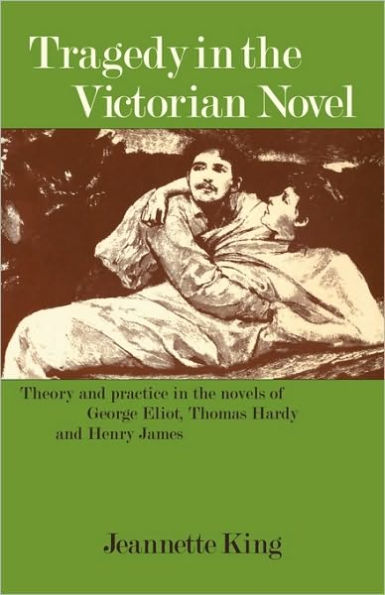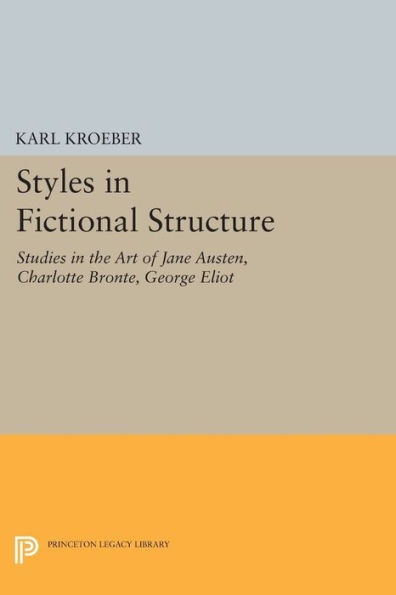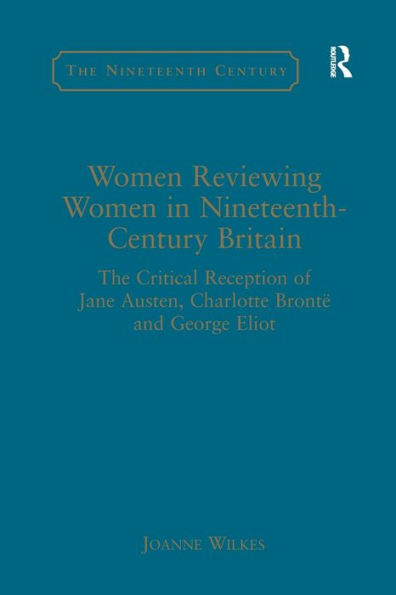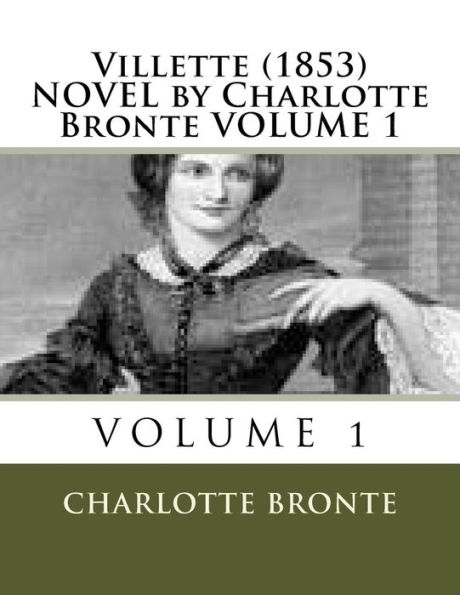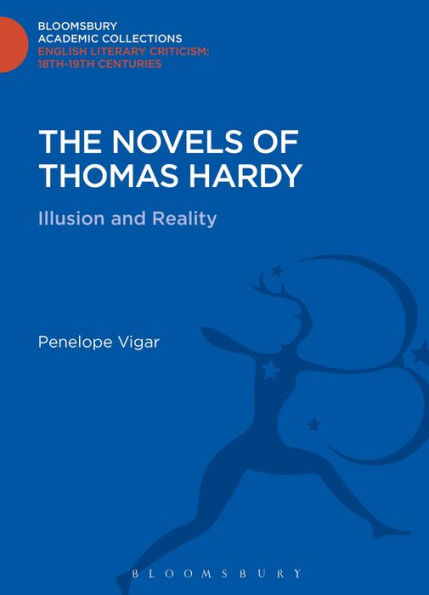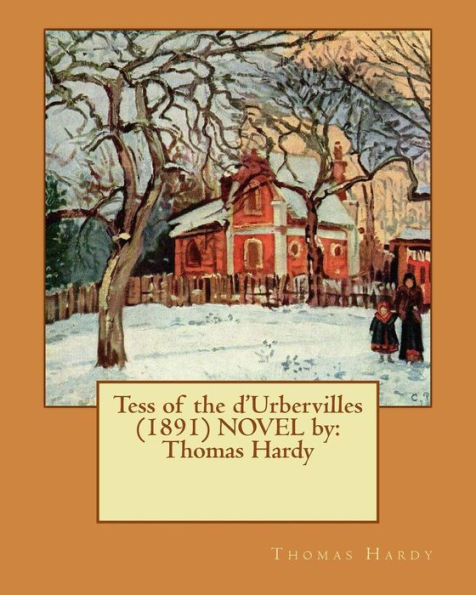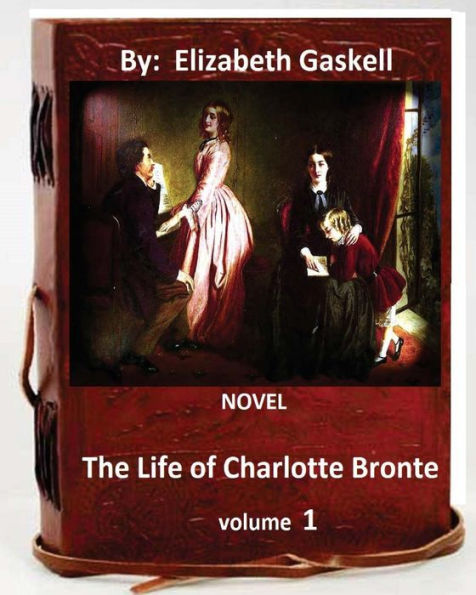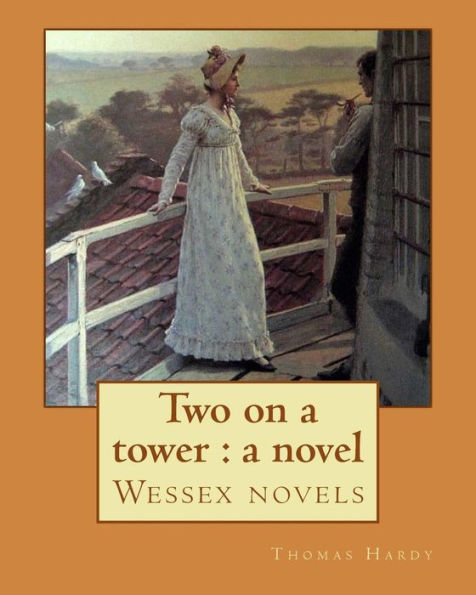Home
The Stone and the Scorpion: The Female Subject of Desire in the Novels of Charlotte Bronte, George Eliot, and Thomas Hardy
Barnes and Noble
Loading Inventory...
The Stone and the Scorpion: The Female Subject of Desire in the Novels of Charlotte Bronte, George Eliot, and Thomas Hardy
Current price: $95.00
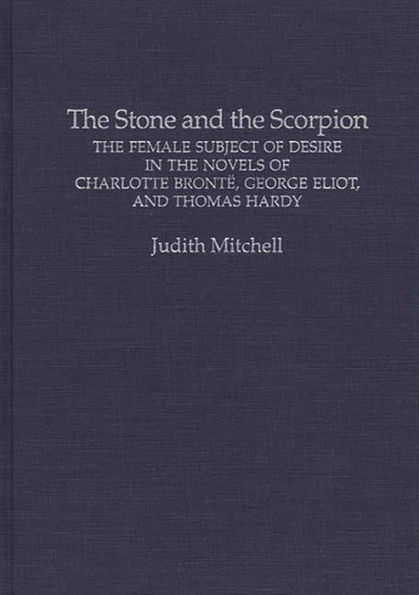
Barnes and Noble
The Stone and the Scorpion: The Female Subject of Desire in the Novels of Charlotte Bronte, George Eliot, and Thomas Hardy
Current price: $95.00
Loading Inventory...
Size: OS
*Product information may vary - to confirm product availability, pricing, shipping and return information please contact Barnes and Noble
Sexuality and erotic desire were important components of Victorian culture, and the novels of the Victorian era reflect the sexual attitudes of the authors and culture of that period.
The Stone and the Scorpion
focuses on the interplay of erotics in the novels of Charlotte Bronte, George Eliot, and Thomas Hardy. Using several extra-literary critical approaches, particularly feminist gender-relations theory, this book determines degrees of female subjectivity and desire in these novels.
At the heart of the study is the belief that the disruption of conventional male-female dualities is essential to the recasting of the erotic relationship in contemporary culture. Mitchell re-reads several well-read novels by three major Victorian authors in order to analyze their symbolic construction of gender and sexuality. As a group, the novels she discusses are a recognized part of the established literary canon; they span the latter half of the 19th century; and they embody various forms of erotic desire. The book considers to what extent the novelists dare to invest their female characters with erotic subjectivity, and to what degree this investment changed over time.
The Stone and the Scorpion
focuses on the interplay of erotics in the novels of Charlotte Bronte, George Eliot, and Thomas Hardy. Using several extra-literary critical approaches, particularly feminist gender-relations theory, this book determines degrees of female subjectivity and desire in these novels.
At the heart of the study is the belief that the disruption of conventional male-female dualities is essential to the recasting of the erotic relationship in contemporary culture. Mitchell re-reads several well-read novels by three major Victorian authors in order to analyze their symbolic construction of gender and sexuality. As a group, the novels she discusses are a recognized part of the established literary canon; they span the latter half of the 19th century; and they embody various forms of erotic desire. The book considers to what extent the novelists dare to invest their female characters with erotic subjectivity, and to what degree this investment changed over time.
Sexuality and erotic desire were important components of Victorian culture, and the novels of the Victorian era reflect the sexual attitudes of the authors and culture of that period.
The Stone and the Scorpion
focuses on the interplay of erotics in the novels of Charlotte Bronte, George Eliot, and Thomas Hardy. Using several extra-literary critical approaches, particularly feminist gender-relations theory, this book determines degrees of female subjectivity and desire in these novels.
At the heart of the study is the belief that the disruption of conventional male-female dualities is essential to the recasting of the erotic relationship in contemporary culture. Mitchell re-reads several well-read novels by three major Victorian authors in order to analyze their symbolic construction of gender and sexuality. As a group, the novels she discusses are a recognized part of the established literary canon; they span the latter half of the 19th century; and they embody various forms of erotic desire. The book considers to what extent the novelists dare to invest their female characters with erotic subjectivity, and to what degree this investment changed over time.
The Stone and the Scorpion
focuses on the interplay of erotics in the novels of Charlotte Bronte, George Eliot, and Thomas Hardy. Using several extra-literary critical approaches, particularly feminist gender-relations theory, this book determines degrees of female subjectivity and desire in these novels.
At the heart of the study is the belief that the disruption of conventional male-female dualities is essential to the recasting of the erotic relationship in contemporary culture. Mitchell re-reads several well-read novels by three major Victorian authors in order to analyze their symbolic construction of gender and sexuality. As a group, the novels she discusses are a recognized part of the established literary canon; they span the latter half of the 19th century; and they embody various forms of erotic desire. The book considers to what extent the novelists dare to invest their female characters with erotic subjectivity, and to what degree this investment changed over time.
